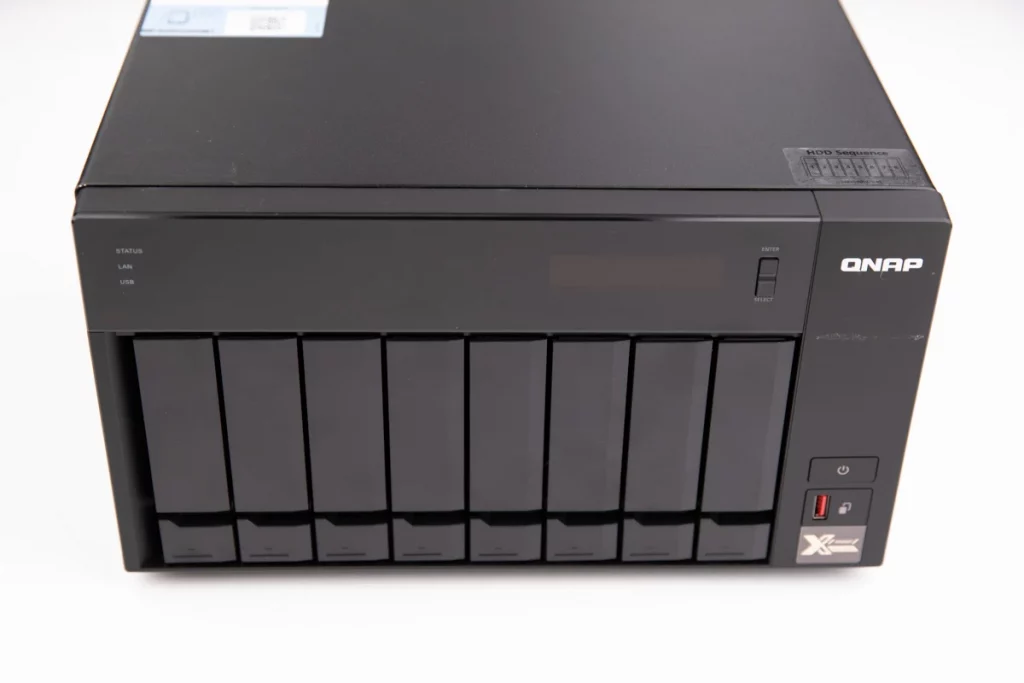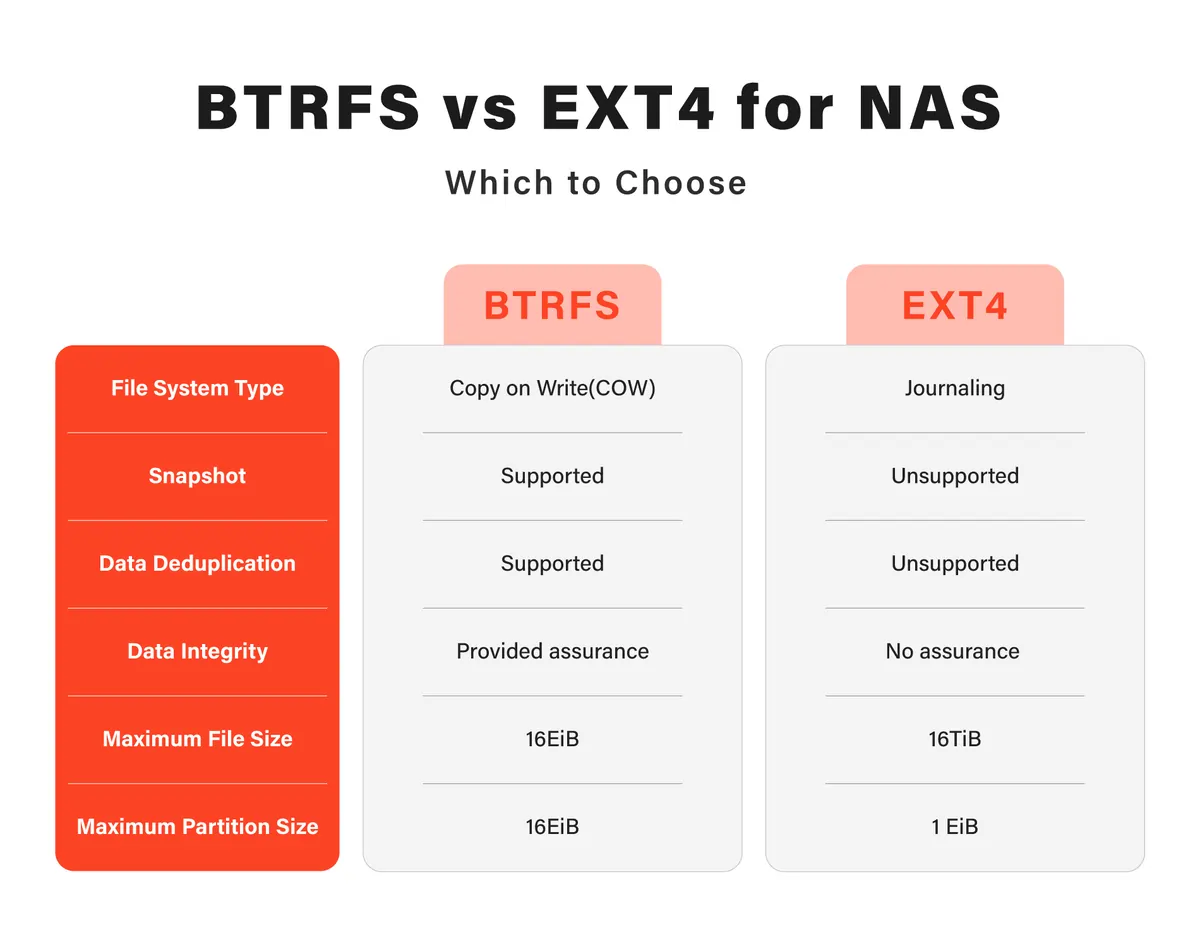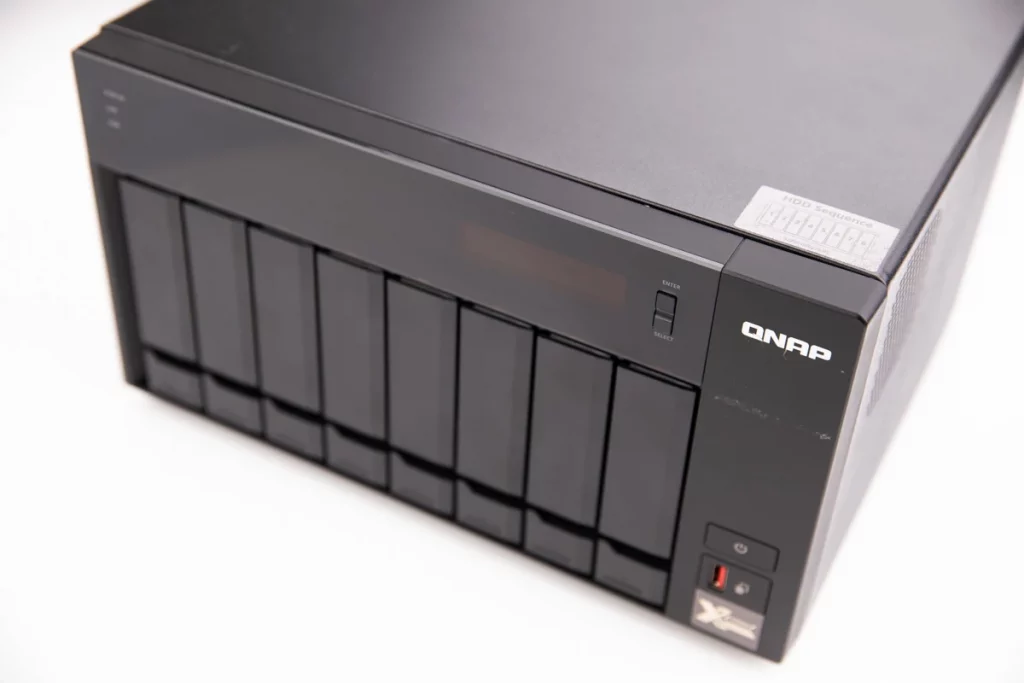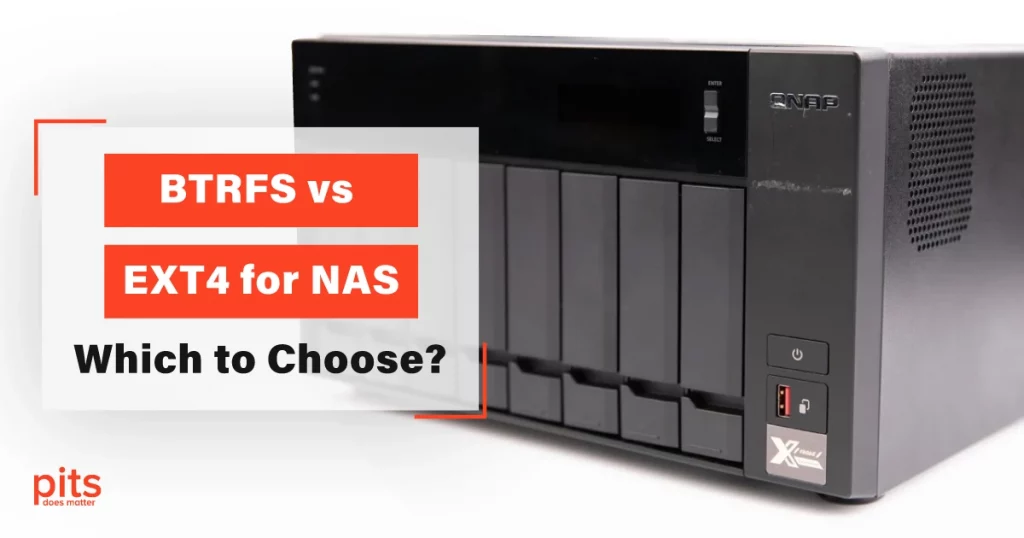When it comes to choosing a file system for your network-attached storage (NAS) device, there are two popular options to consider: Btrfs and Ext4. Both file systems have their own benefits and drawbacks, and selecting the right one for your NAS depends on your specific needs and use case.
NAS BTRFS vs. EXT4 - Definition
Btrfs, short for B-tree file system, is a modern, copy-on-write (CoW) file system designed for Linux operating systems. It was created by Oracle in 2007 and has since been integrated into the Linux kernel. Btrfs file system offers features such as data checksumming, support for snapshots, data deduplication, and multiple device support. It is also known for its scalability, as it can support up to 16 exabytes of data and up to 4 billion files.
On the other hand, Ext4, short for the fourth extended file system, is a mature and stable file system that has been in use for over a decade. It is the default system for many Linux distributions, including Ubuntu and Debian. Ext4 file system offers features such as journaling, support for large files and volumes, and support for extended attributes. However, it only provides some of the more advanced features of Btrfs, such as snapshots and data deduplication.
Now that we have an understanding of what Btrfs and Ext4 are let us explore which option to choose for your NAS.
Which Option to Choose - Linux Ext4 vs. BTRFS
If you are looking for a file system with advanced features such as data checksumming, snapshots, and data deduplication, then BTRFS may be your better option. These features can be especially useful if you deal with significant data and want to ensure your data is protected and easily managed.
For example, data checksumming can help detect and repair data errors. At the same time, snapshots can allow you to quickly and easily revert to a previous version of your data if something goes wrong.

Btrfs also offers better support for multiple devices, which can be useful if you use your NAS for backup or storage. With Btrfs, you can create a RAID array that spans multiple devices, which can help improve performance and ensure that your data is protected during a hardware failure.
However, it is worth noting that the Btrfs filesystem is still considered a relatively new file system compared to Ext4. While it has been integrated into the Linux kernel, it may not be as widely supported as Ext4. This means that you may encounter compatibility issues when using Btrfs with certain applications.

If you are looking for a more stable and mature file system, then the Ext4 filesystem may be the better option for you. It is widely supported and has been used for many years, making it more likely to work well with a wide range of applications and systems. Ext4 also offers good performance and support for large files and volumes, which can be useful when dealing with large amounts of data.
However, it is worth noting that Ext4 only offers some of the more advanced features of Btrfs, such as snapshots and data deduplication. If these features are important, you may need to look elsewhere or consider using Btrfs instead.
How to Choose Between NAS Ext4 vs. BTRFS
In summary, both Btrfs and Ext4 are good options for your NAS, and the choice between the two ultimately depends on your specific needs and use case. If you are looking for advanced features such as data checksumming, snapshots, and data deduplication, then Btrfs may be the better option.

However, if you are looking for a more stable and mature file system that offers good performance and support for large files and volumes, then Ext4 may be the better option for you. Ultimately, it is important to consider data security, scalability, performance, and compatibility factors when choosing a file system for your NAS.
It is also worth mentioning that there are other file systems available besides Btrfs and Ext4, such as ZFS and XFS, which may be better suited for certain use cases. ZFS, for example, is known for its data integrity and protection features, while XFS is known for its scalability and high-performance capabilities.
When selecting a file system for your NAS, it is critical to do your research and evaluate the different options based on your specific needs and use case. You may also want to consider seeking the advice of a knowledgeable IT professional or consulting online resources and forums for guidance.
Btrfs and Ext4 are solid choices for your NAS, with unique advantages and disadvantages. The choice between the two file systems depends on your specific needs and use case. It is important to consider data security, scalability, performance, and compatibility factors when making your decision. By doing your research and evaluating the different options available, you can ensure that you select the best file system for your NAS and optimize your data storage and management capabilities.
PITS provides expert data recovery services for Btrfs and Ext4 file systems. Whether you’ve faced data loss due to accidental deletion, hardware failure, or file system corruption, our experienced team is equipped to recover your critical data. With a deep understanding of the complexities of Btrfs and Ext4, we employ advanced techniques and state-of-the-art tools to ensure the highest chances of successful data retrieval.
Frequently Asked Questions
What is BTRFS?
BTRFS (B-Tree File System) is a modern and advanced file system designed for Linux-based operating systems. It offers features like snapshots, data compression, RAID-like functionality, and built-in data integrity checks.
What is EXT4?
EXT4 (Fourth Extended File System) is a widely used file system for Linux-based operating systems. It is the successor to the EXT3 file system and provides improved performance, scalability, and reliability.
Can I convert from EXT4 to BTRFS or vice versa?
Converting from one file system to another can be complex and risky, often requiring data backup and restoration. It is recommended to thoroughly research the conversion process and consult official documentation or expert resources before attempting such conversions.
Which file system should I choose for my NAS?
The choice between BTRFS and EXT4 ultimately depends on your specific needs and priorities. If you require advanced features like snapshots, data deduplication, or flexible RAID configurations, BTRFS might be the better choice. On the other hand, if you prioritize simplicity, performance, and broad software support, EXT4 may be a more suitable option. Consider evaluating your specific use case, hardware compatibility, and available resources before making a decision.
